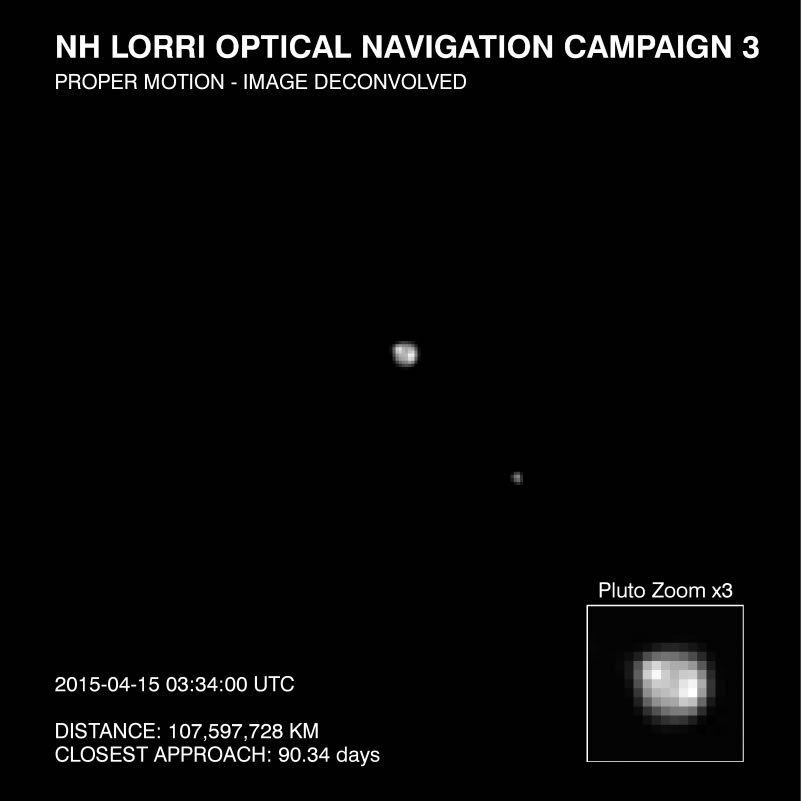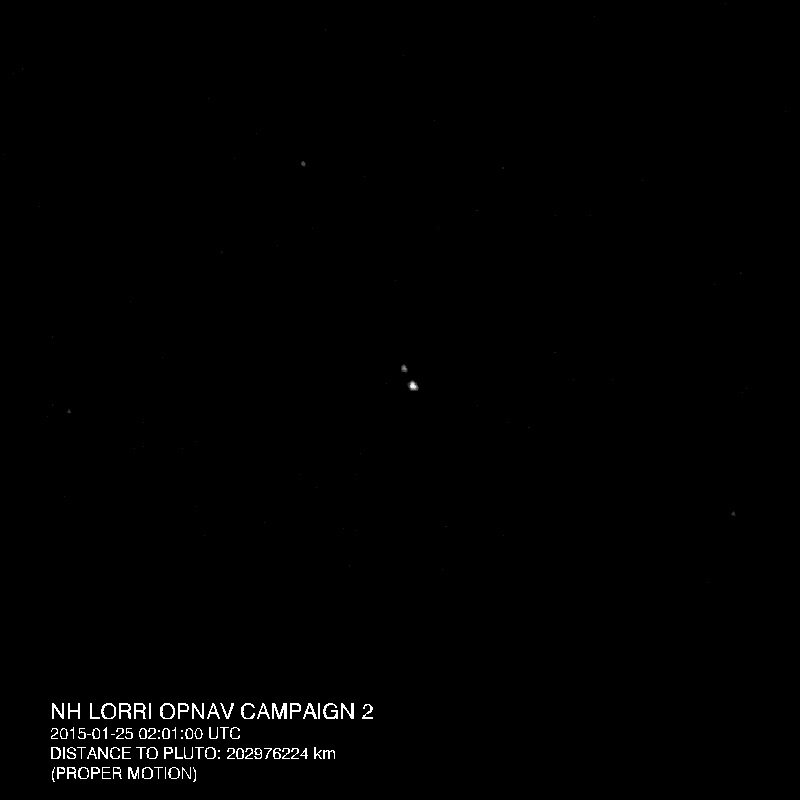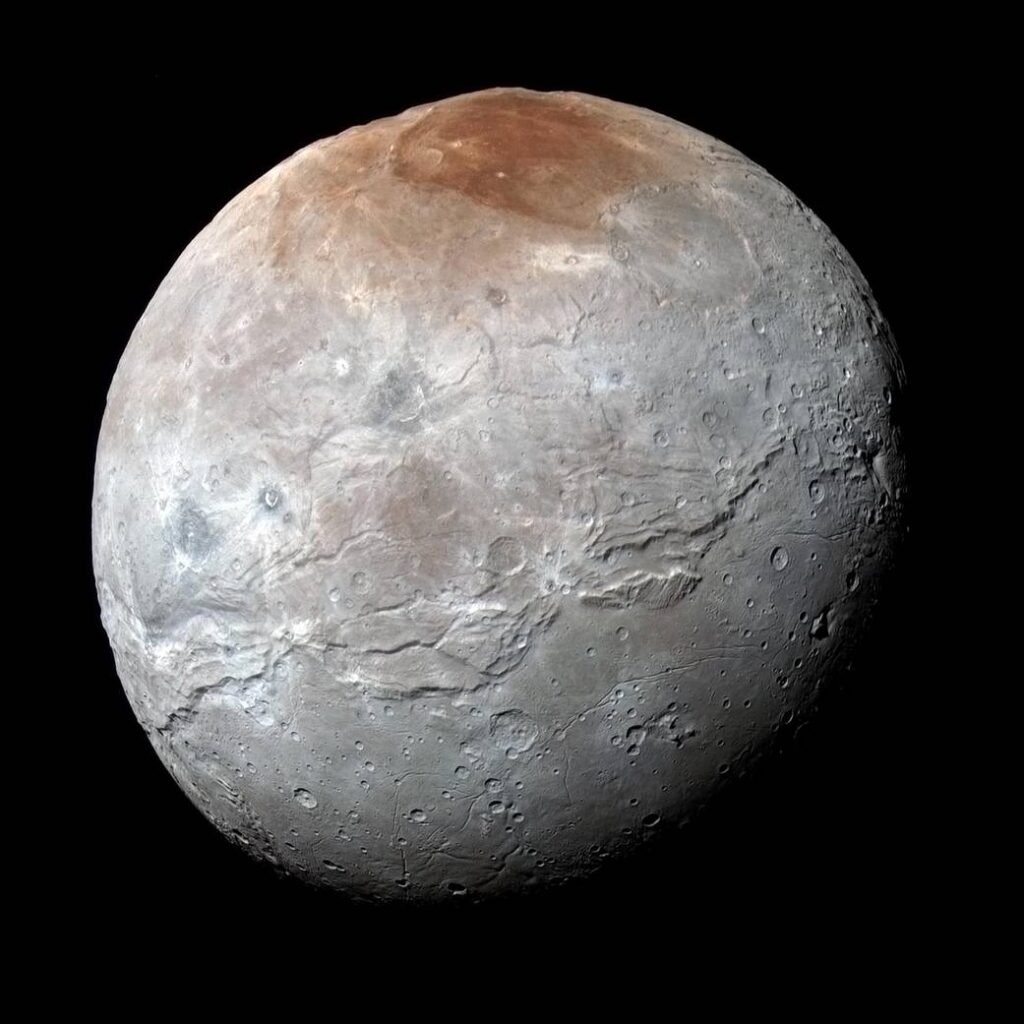PLUTO
The Dwarf Planet
Let’s embark on a thrilling journey to one of the most enigmatic and intriguing destinations in our solar system, the tiny, distant planet Pluto. This celestial body has fascinated scientists and stargazers alike for decades. So, grab your space helmets and buckle up as we dive into the depths of this mysterious world!
New Horizons

Discovery
Pluto was first discovered in 1930 by American astronomer Clyde Tombaugh. It was located at the outer reaches of our solar system, precisely in the Kuiper Belt, a vast region beyond Neptune that houses small bodies and comets. Astronomers were looking for a larger planet, namely Planet X, that they thought back then was responsible for disturbing Neptune’s orbit. It wasn’t until the discovery of Pluto’s largest moon Charon was discovered in the 1970’s that astronomers knew its the dwarf planet true size and mass. Therefore, Pluto was considered the ninth planet in our solar system for decades until 2006 when the International Astronomical Union redefined the criteria for planet classification, reclassifying it as a “dwarf planet.” Despite this reclassification, the excitement and interest surrounding this celestial body have never waned.

Surface
For such a small world, Pluto has an astonishingly diverse landscape. Thanks to the New Horizons mission, scientists have been able to capture breathtaking images of its surface. Pluto boasts a heart-shaped region known as “Tombaugh Regio” (in honor of its discoverer), composed of nitrogen, methane, and carbon monoxide ice. Other intriguing features include smooth plains, mountains of water ice, and even evidence of possible cryovolcanoes! Due to its incredible distance from the Sun, Pluto experiences some frigid temperatures, plunging as low as -230 degrees Celsius (-382 degrees Fahrenheit)! It’s chilly out there! Who would have thought such a tiny planet could be so diverse?
Pluto has Moons?
Accompanying Pluto is its largest moon, Charon. Discovered in 1978, Charon is a captivating world in its own right. It’s so massive compared to Pluto that some astronomers consider the duo to be a binary system rather than a planet and its moon. Charon’s surface showcases its own set of unique geological features, adding to the allure of this distant pair. The dwarf planet [or binary system] has other moons: Hydra, Kerberos, Nix, and Styx.
Charon

Pluto’s Moons
Pluto and The Kuiper Belt
Pluto is just one of countless small bodies that inhabit this region. Some of the most distant and mysterious objects in our solar system, such as Eris and Haumea, also call this place home. Exploring these celestial neighbors is a dream that scientists hope to fulfill in the future.
Despite its reclassification, Pluto continues to enchant us with its diverse landscapes, extreme temperatures, and intriguing celestial companions. The quest to understand this distant world and its neighbors remains ongoing, promising even more thrilling discoveries in the years to come.
Don’t forget to subscribe to our YouTube channel, like our videos, and hit that notification bell to join us on our next cosmic adventure!
Until then, keep exploring the cosmos, because there’s always something new and extraordinary waiting for us out there.
Acknowlegements
NASA / New Horizons Team / Johns Hopkins University Applied Physics Laboratory/Southwest Research Institute
Thanks to JJ Del Mar for his contribition to this page.
Pluto page animations made possible by WL Media USA
© 2024 Rediscovered Astronomy



